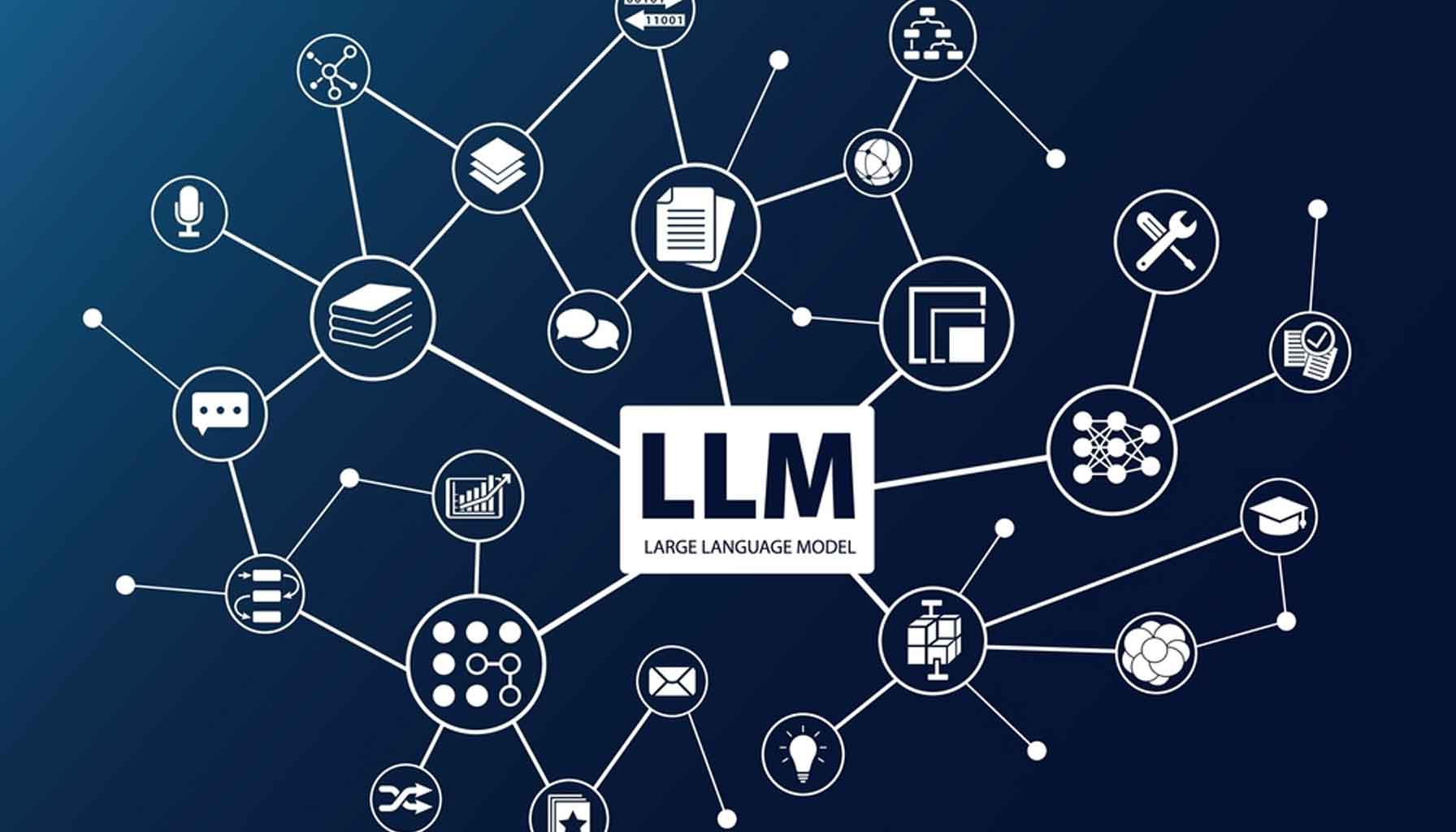Have you ever wondered how some apps or websites can answer your questions in natural Language, even if they are not related to their domain? For example, how can a chatbot that sells shoes tell you who is the president of France, or how can a search engine that shows you recipes tell you what is the chemical formula of water? These apps and websites use a powerful tool called a large language model (LLM), which is a computer program that can understand and generate natural language, such as English, Spanish, or Chinese.
However, LLMs are not perfect. They have some limitations, such as:
- They can only answer questions based on the data that they have learned from, such as books, articles, or websites. If you ask them something that is new or different from what they have seen before, they might not know the answer, or they might give you a wrong or incomplete answer.
- They can sometimes mix up facts or make up things that are not true, especially if the question is complex or vague. For example, if you ask them who is the best actor of all time, they might give you different answers depending on their preferences, or they might invent a name that does not exist.
- They can sometimes repeat themselves or lose track of the context, especially if the conversation is long or has multiple topics. For example, if you ask them to tell you a story, they might forget what they have said before, or they might change the characters
To overcome these limitations, Microsoft Research has developed a new technique called GraphRAG, which stands for Graph-based Retrieval-Augmented Generation. GraphRAG can help LLMs to answer questions based on data that they have never seen before, by creating a graph, or a network of connected information, from the new data. For example, if you ask GraphRAG to tell you about the latest news on COVID-19, it will create a graph from the news articles that it finds on the web, and use it to find relevant information, connect the dots, and provide answers with evidence.
GraphRAG is better than the existing methods that use LLMs and knowledge sources, such as Wikipedia or other databases, because it can create a graph from any type of data, such as news articles, social media, or chemistry. It can also use the graph to search for information more efficiently and accurately, by using the connections and the structure of the graph, rather than just the similarity of the words. GraphRAG can also generate more coherent and consistent text, by using the graph to keep track of the context and the facts.
GraphRAG is a significant advance in enhancing the capability of LLMs, and it can be used for various applications, such as intelligent chatbots, question answering systems, summarization, and content creation. GraphRAG can help you get more reliable and informative answers from LLMs, and it can also help you learn new things from data that you have never seen before.
Chaitanya.
Chaitanya specializes in Power Apps with expertise in UI/UX, AI, and delivering solutions for manufacturing and supply chain.



